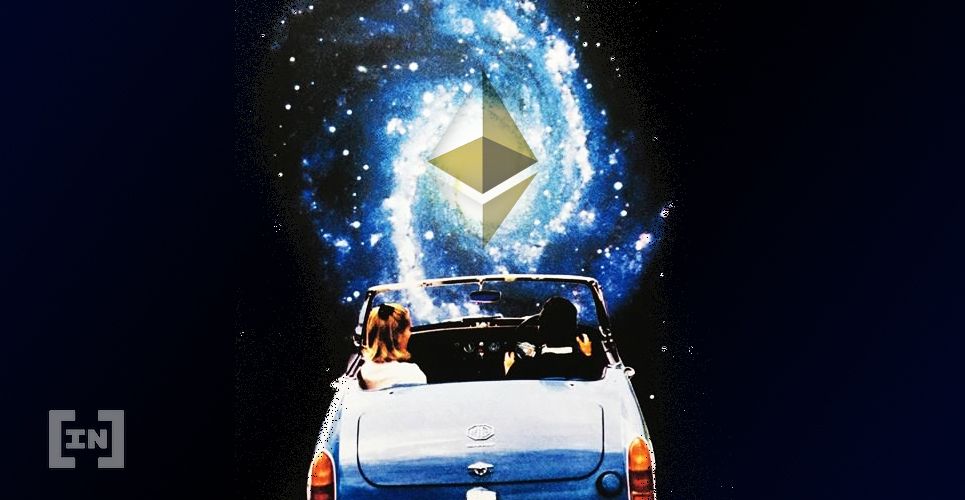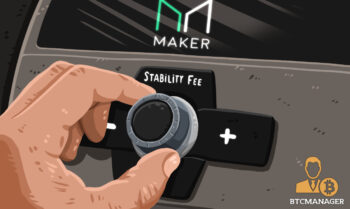2020-9-15 19:49 |
DeFi tokens are becoming increasingly more accessible through centralized exchanges, such as Coinbase listing YFI this week, which though net positive for the ecosystem, also presents the risks of FOMO, the fear of missing out.
This phenomenon gets exacerbated by the increased retail demand, and when the price reaches beyond expectations, the fear of getting rekt too.
As in some of the DeFi tokens, like Aave, which surged 7,500% YTD, this makes the secondary market trading an “incredibly crowded long-trade,” which, as recently seen, results in “an unaggressive unwind and subsequent avalanche of margin calls.” But despite all this, Denis Vinokourov of Bequant says,
“The prospect of achieving above market average returns is expected to lead to an influx of retail flow and with it, the size of the DeFi ecosystem will begin to swell even more.”
The TV in DeFi is back on the upside, currently at $8.5 billion, not far away from its ATH at $9.5 billion, as per DeFi Pulse.
Pushing the Small Players OutAs we have seen lately, major decentralized exchanges (DEXs) are transacting in greater volume than some of the largest centralized exchanges like Coinbase.
But with this activity comes the ballooning of Ethereum gas costs as the majority of these DEXs are built on Ethereum blockchain. Because of this, the second-largest network is all set to generate $1.5 billion in yearly fees, as per TradeBlock.
The biggest driving force behind this is yield farming, where users participate in the revenue earned by these DEXs. In exchange for providing liquidity on DEXs like Uniswap, they receive reward tokens in the form of yield on their staked capital, which can then be sold in the market or staked across other platforms for more rewards.
And all of this happens on the Ethereum blockchain, which requires gas, which is needed to transact with smart contracts. Because the yield return is highly profitable, it increases the demand for ether, which is required for gas. Besides yield farming, placing an order on DEX needs gas as well.
Source: TradeBlockSo, this increased demand for yield farming and DeFi token trading resulted in demand for gas costs and Ether to an ATH. Gas fees generated through the Ethereum blockchain also reached a new peak of $17 million per day, averaging around $5 million. This also means DEXs have become expensive, making it not suitable for small scale traders.
Ethereum Holding StrongOne good thing in this direction came from Ethereum, whose much-delayed update is on track for a November 2020 launch, although only time will tell.
The DeFi craze has also brought Ethereum competitors in the limelight. Binance also launched its Binance Smart Chain, which boasts of cheaper transactions.
Monero’s lead developer Riccardo Spagni said this costless switch might actually make “ETH less useful.” He said,
“So “Binance Smart Chain” launched, & it's basically a drop-in replacement for ETH. You point your wallet at their version of Infura, use their clone of Etherscan, & you keep your ETH address. A bunch of projects are already planning migrations. It has Binance money.”
But according to top DeFi players, Ethereum’s Defi dominance is here to stay, for now at least.
Meanwhile, ETH price is on the rise today, currently at $375. Despite this, ETH whale holders increased their holdings by 84% in the past month to 5.80 million, and the number of whale wallets increased by 1.82 times for one year, signaling their bullishness and confidence in Ether.
The post Despite The Risk, DeFi Continues to Swell Even More; Driving Ether Higher first appeared on BitcoinExchangeGuide.
origin »Defi (DEFI) на Currencies.ru
|
|




